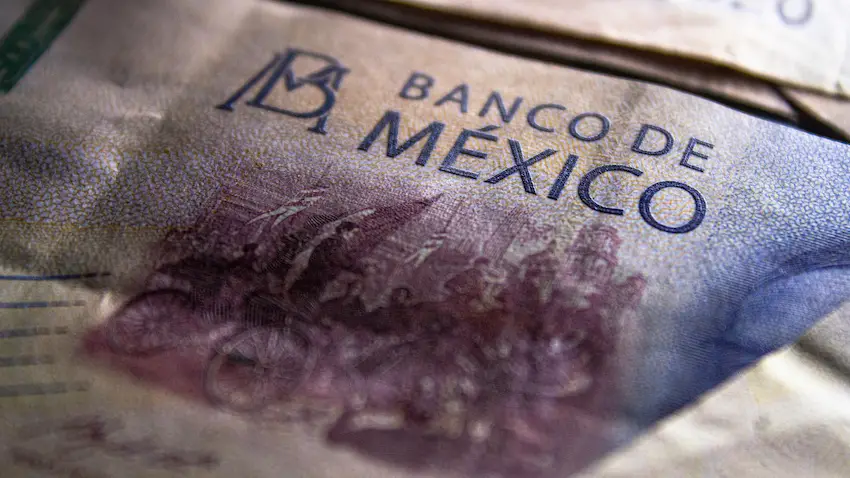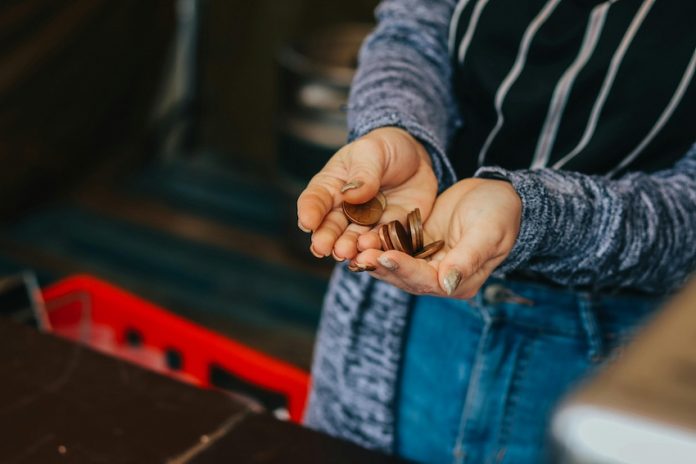No seas marro… Dame un milky.
With the holidays upon us, money and spending can be an important consideration over how best to spend the season.

The author of “The Mexican Slang Dictionary,” Alasdair Baverstock, tells us how to talk turkey like a Mexican.
Agiotista n.
An informal and rapacious money-lender. A loan shark.
Bolo
- n. The gift given as a baptism present; usually money.
- exclam. Traditionally shouted when cash falls to the floor, often in the form of coins, signifying a free-for-all where whoever grabs the money keeps what they gather.

Codo adj.
Stingy or tight-fisted when it comes to money. This expression comes from the idea that a person might complain that their elbow hurts when it comes to getting their wallet out. The term is often substituted by an elbow-tapping gesture.
Jinetear v.
- To rob, most often with the use of violence. From the days of mounted highwaymen, who would rob from horseback.
- To turn a quick profit, with a small initial investment and minimal subsequent effort. To buy a six-pack of beers at the Oxxo and then sell them to tourists at the beach for double the price would be a perfect example.
- Of an individual, to retain money that does not belong to them and spend it for other purposes, most often with the intention of using the extra money to make more, before paying what is owed.
Marro adj.
Stingy, or penny-pinching. Also codo.
Milky n.
The monetary amount of 1,500 pesos. An abbreviation of mil quinientos, or one thousand five hundred.
e.g. Me debes un Milky, wey. (You owe me fifteen hundred pesos, pal.)
Milpa n.
- A traditional agricultural field in which the “three sisters” of corn, squash and beans are produced.
- The monetary amount of MXN $1,000. An adaptation of mil, or one thousand.
Peseta n.
- The monetary amount of 25 pesos, although not commonly used nowadays.
- A tax, or cut, of 25%.
e.g. Te dejo trabajar, pero me das la peseta.
I’ll let you work, but I want 25%.
Quiña n.
The monetary amount of 500 pesos. Abbreviation of quinientos, or five hundred.
Tostón n.
- A squashed and fried slice of plátano macho.
- The monetary amount of fifty pesos, traditionally a large thick coin, and so called given its similarity to the food.
- A lady’s nipple, given similar size and shape to a tostón coin.

Varo n.
- Colloquial term for the Mexican peso, equivalent of ‘bucks’ for U.S. dollars, or ‘quid’ for British pounds sterling.
- A specific quantity of Mexican currency. Depending on the context, it can mean one peso or 1,000.
You can buy “The Mexican Slang Dictionary” on Amazon in the U.S., Canada and Mexico.
MND readers can find the physical book stocked in bookstores:
Mexico City
- Under The Volcano Books, La Condesa
- Antonia, La Condesa
- Casa Bosques, La Roma
San Miguel de Allende
Puerto Escondido
- Villa Mozart y Macondo, La Rinconada
Alisdair Baverstock is the Mexico City-based author of “The Mexican Slang Dictionary.”
